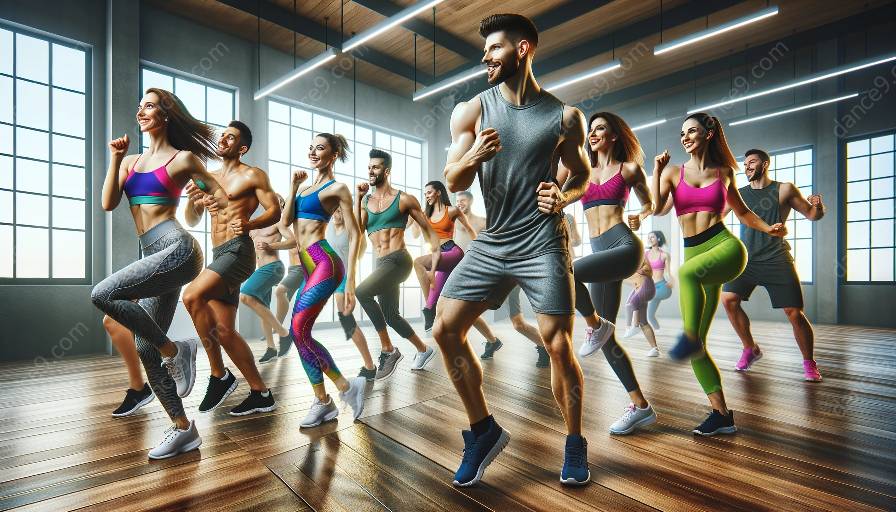Fitness dance and dance classes are increasingly popular forms of exercise and self-expression. One of the ways to enhance performance in fitness dance is through the incorporation of cross-training. The role of cross-training in enhancing fitness dance performance is multifaceted, involving improvements in strength, flexibility, endurance, and overall body conditioning. By integrating complementary training modalities, individuals can optimize their physical abilities and minimize the risk of overuse injuries.
Understanding Cross-Training
Cross-training involves participating in a variety of different activities to improve overall fitness and performance in a particular sport or activity. In the context of fitness dance, cross-training may include activities such as strength training, flexibility exercises, cardiovascular workouts, and balance training. By engaging in diverse forms of exercise, fitness dancers can address muscle imbalances, prevent burnout, and maintain a high level of physical conditioning.
Enhancing Strength and Endurance
Engaging in activities that target specific muscle groups not frequently used in dance can significantly improve overall strength and endurance. Examples include weightlifting, bodyweight exercises, and resistance training. By incorporating cross-training activities that challenge the musculature in different ways, fitness dancers can develop more balanced and resilient bodies, which can enhance their dance performance and reduce the risk of injury.
Improving Flexibility and Mobility
Flexibility is crucial for performing various dance movements and poses with grace and ease. Cross-training activities such as yoga, Pilates, and dedicated stretching routines can help improve overall flexibility and mobility, resulting in increased range of motion and reduced stiffness. By incorporating these activities into their training regimen, fitness dancers can achieve better body awareness and control, ultimately enhancing their dance performance.
Preventing Overuse Injuries
Repetitive movements in dance can lead to overuse injuries, such as stress fractures, tendinitis, and muscle strains. Cross-training provides an opportunity to give the body a break from these repetitive stresses, allowing for recovery and the development of different movement patterns. By diversifying their physical activities, fitness dancers can minimize the risk of overuse injuries and promote overall musculoskeletal health.
Enhancing Cardiovascular Fitness
Cardiovascular fitness is essential for sustaining high-energy dance routines and performances. Cross-training activities such as cycling, swimming, and HIIT (high-intensity interval training) can help improve cardiovascular endurance and overall fitness levels. By incorporating these activities into their training, fitness dancers can enhance their stamina, recovery time, and overall cardiovascular health, which can directly impact their dance performance.
Integrating Cross-Training into Dance Classes
Integrating cross-training into dance classes can offer numerous benefits for participants. Dance instructors can incorporate elements of cross-training, such as strength exercises, flexibility drills, and cardiovascular conditioning, to help students develop a well-rounded fitness base and improve their dance performance. By providing a holistic approach to training, dance classes can promote overall physical fitness, injury prevention, and long-term enjoyment of dance as a form of exercise and artistic expression.
Conclusion
Cross-training plays a pivotal role in enhancing fitness dance performance by addressing various aspects of physical conditioning, including strength, flexibility, endurance, and injury prevention. By incorporating diverse training modalities, fitness dancers can optimize their overall fitness levels, develop resilience, and minimize the risk of overuse injuries. Integrating cross-training into dance classes can also enhance the training experience for participants, providing a comprehensive approach to physical development and performance improvement.













































































